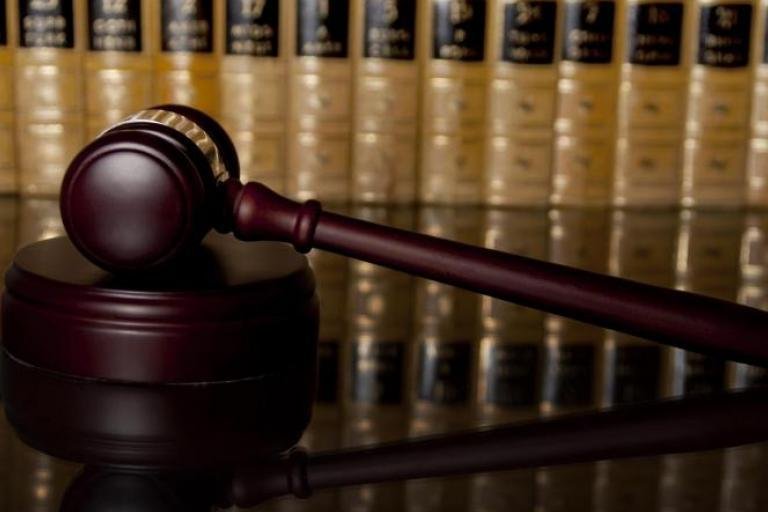How can I use different types of resources in my studies?
The Copyright, Designs and Patents Act 1988 (CDPA) identifies the film producer and principal director as the joint authors and first copyright owners of a film. This copyright expires at the end of 70 years from the end of the calendar year in which the film was made or was first made available to the public or, if this is later, at the end of 70 years from the end of the calendar year in which the death of the last of these occurs: the principal director; the author of the screenplay; the author of the dialogue; or the composer of music made especially for the film.
Broadcasts are different, and the copyright last for 50 years after the end of the calendar year in which the broadcast was made.
The CDPA includes a number of useful exceptions which permit the use of film and video clips in the course of your study. If you’re going to use video or film clips, make sure you think about which exception allows you to do this legally. Remember that fair dealing applies to these exceptions. There’s no legal definition of this – it depends on each case and circumstance – but in general, you should only use the minimum amount required to make your point.
Note that showing of films as part of a society or club’s programme of events is unlikely to be considered as being for the ‘purposes of instruction’ so appropriate permission from the copyright owner of the work is therefore required; this is usually obtained via a licence from the relevant licensing organisation.
The ERA licence gives permissions for the recording and playing of a range of broadcasts, but with limitations.
For sound recordings, there are two elements of copyright to consider, that of the original composition and that of a specific recording. Both of these runs for the duration or the composer or creator’s life, plus 70 years.
For sound recordings, such as CDs and vinyl recordings, the exceptions in the CDPA allow you to play sound recordings for educational purposes, but you cannot make copies of or manipulate sounds recordings. You also cannot play recordings at events which are not educational without a licence.
For musical works, such as music scores, you can play and make arrangements of these for educational purposes.
You cannot make reprographic copies (photocopies) of musical works.
Artistic Works is a broad term, covering the following: paintings, sculpture, drawings, engravings, prints, models, diagrams, maps, PowerPoint presentations, autographs, photographs, collage, digital images, charts, graphs, decorative graphics, illustrations and computer-generated works.
Generally, copyright of artistic works lasts for 70 years from the end of the year that the creator died. If the creator is anonymous, then it will be 70 years from the end of the year the work was published.
DACS (Design and Artists Copyright Society) provide guidance on UK copyright in photographs.
Exceptions in the Copyright, Designs and Patents Act 1988 allow you to copy a limited amount of material for non-commercial use, including private study, or for criticism and review, without prior consent from the copyright owner. For images, this means one copy or a single printout of a scanned or downloaded image.
There is also guidance available from the UK government on digital images, photographs and the internet.

